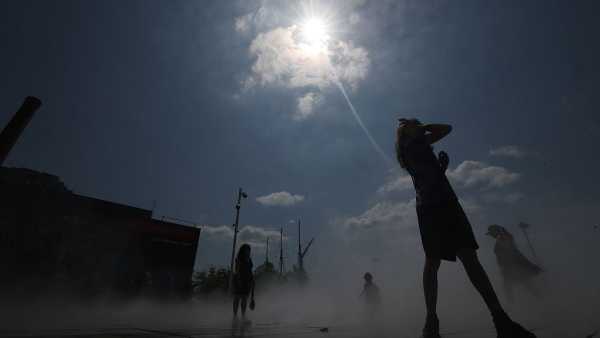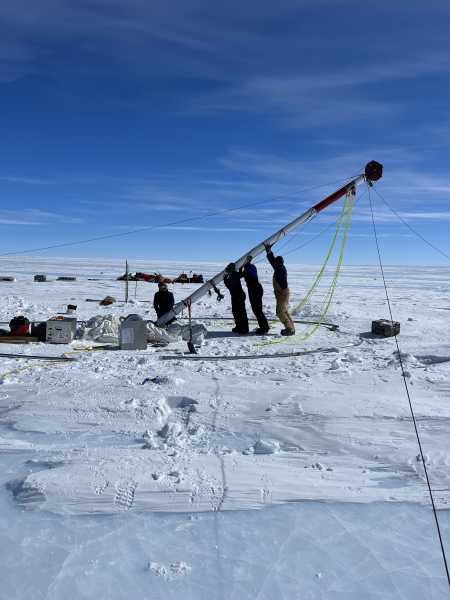
Scientists have determined which crops would need to be grown in the event of a global catastrophe. (Image credit: Bulgac/Getty Images)
In the event of a sudden global catastrophe resulting in a nuclear winter, millions of people could face food shortages. However, researchers have now discovered which crops should be grown to feed urban populations in such catastrophic times.
Spinach, sugar beets, wheat and carrots could be successfully grown in urban and suburban areas to feed the average city in a post-apocalyptic scenario, a new study has found.
The scientists built on previous research to determine the best crops to plant after global disasters such as nuclear conflicts, severe pandemics or solar storms. Their goal was to find the most efficient way to provide food while using minimal land.
“[The study] wasn’t really inspired by the current, you know, geopolitical situation,” said lead author Matt Boyd, founder and director of research at Adapt Research, an independent research organization. “However, it was very relevant in light of current geopolitical events,” Boyd told Live Science.
Current events include unpredictable international politics, ongoing conflicts in the Middle East and Europe, the weaponization of artificial intelligence, and the mounting destruction of climate change. In January, the Doomsday Clock, which measures how close humanity is to an existential catastrophe, moved one second closer to midnight than ever before.
In a new study published Wednesday (May 7) in the journal PLOS One, scientists examined how the population of an average city could survive through agriculture in the face of a global catastrophe. The study looked at two scenarios: what could be grown in and around the city under normal climate conditions, and what should be grown in a nuclear winter.
The optimal crop for temperate cities under normal conditions is the humble legume: the pea. “Peas are a high-protein food. They grow well in urban agriculture,” Boyd said. “If you want to feed someone, growing peas minimizes the space you need to do it.”
Peas, however, are not frost-resistant. In a nuclear winter — which could be caused by a nuclear conflict, a supervolcano, or a large asteroid impact — sunlight would be blocked by “all that soot and other stuff being thrown into the stratosphere,” Boyd said. That, in turn, would lower temperatures and make it harder for plants to photosynthesize.
Research has shown that in this case, the hardier combination of spinach and sugar beet is the best choice.
Boyd and study co-author Nick Wilson, a professor of public health at the University of Otago in Wellington, reached their findings based in part on data from a meta-analysis of urban agriculture studies that looked at crop yields in dozens of cities around the world.
Sourse: www.livescience.com





